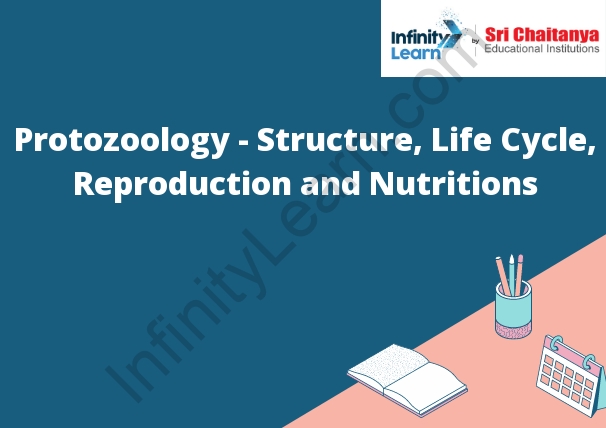Table of Contents
What is Protozoology?
Protozoology is the study of unicellular organisms, specifically protists. This branch of biology includes the study of their morphology, physiology, ecology, and evolution.

What are Protozoans?
Protozoans are single-celled organisms that are very primitive in their structure. They are some of the simplest organisms on Earth, and they can be found in almost any environment. Protozoans are usually very small, and they can move around by using tiny projections on their cell surface.
Where Can We Find Protozoans?
Protozoans can be found in a variety of different environments, both terrestrial and aquatic. Some common places to find them include fresh and salt water, soil, and decaying matter. Protozoans can also be found in the digestive tracts of animals, including humans.
Structure of Protozoans
Protozoans are single-celled eukaryotic organisms that lack a true skeleton, but they do have a cytoskeleton made of microtubules and microfilaments. The cytoplasm of a protozoan contains a variety of organelles, including a nucleus, mitochondria, and golgi apparatus. Some protozoans also have flagella for motility and cilia for locomotion and feeding.
Protozoans Life Cycle
Protozoans reproduce asexually by binary fission, where the cell splits in two. New cells are formed when the protozoan’s nucleus divides. The cytoplasm and other organelles also divide.
Protozoans Reproduction
Protozoans reproduce through asexual and sexual reproduction. Asexual reproduction is when the protozoan copies its DNA and creates a new cell. Sexual reproduction is when two protozoans fuse and create a new cell.
Nutritions of Protozoans
Protozoans are a diverse group of single-celled eukaryotic organisms that live in both terrestrial and aquatic environments. Protozoans range in size from 0.1 to 2.5 millimeters in length and can be either free-living or parasitic. Protozoans are heterotrophic, meaning that they require organic matter to survive. They obtain food by ingesting other organisms or by absorbing dissolved nutrients from the environment. Protozoans are also capable of photosynthesis, but this occurs only in a few species.
Most protozoans are either motile or sessile. Motile protozoans have a variety of means of locomotion, including cilia, flagella, and pseudopods. Sessile protozoans are attached to a surface and do not move. Protozoans reproduce asexually by binary fission or by budding. Some protozoans also reproduce sexually.
Protozoans are an important part of the food web and play a vital role in the recycling of nutrients. They are also important in the control of diseases caused by other organisms.








